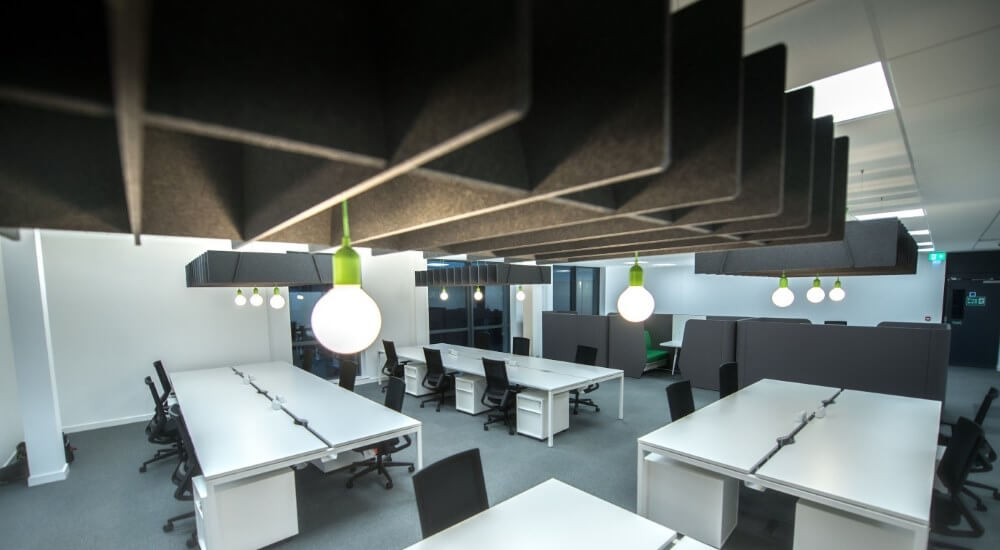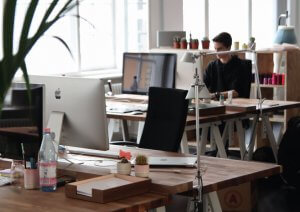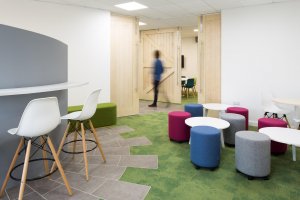
How to Furnish Your Office to Enable Activity-Based Working
For successful activity-based working, businesses need to choose the correct office furniture.

As technology continues to evolve in the workplace, desks remain a staple item and part of every office employee’s day-to-day working experience. Yes, a desk acts as a surface upon which to support the equipment, paperwork and stationery of your staff, but you should give it as much consideration as any other piece of office furniture.
The right desk should help employees accomplish their work tasks in a comfortable and productive way.
Your decisions about what type of office desks to provide should include the following:
This calls for a desk that’s specifically designed for computer use. Serious consideration must be given to the placement of computer and telephone hardware and the management of cabling.
Despite their best intentions to remain paperless, some industries and job roles continue to generate printed material. It’s always healthy to challenge the use of paper and the method of storing printed material. Off-desk storage solutions can be versatile and add features to a space.

Effective office design is crucial when it comes to maximising space around workstations. Achieving the optimum configuration for office furniture is far from simple and requires consideration in a number of areas.
Working with an experienced partner will ensure your workspace layout prioritises the comfort and wellbeing of your employees. Find out more in our guide to office design and layout, or by contacting the team at Dale.

Sit-stand desks have become increasingly popular in recent years as companies start to recognise the adverse health impacts of sitting down for hours at a time. By using stand-up desks, employees are afforded the opportunity to give their backs a break from the sedentary posture and to move around more freely. Many users claim they also feel more productive and alert when standing.
You can read more about sit-stand working here or at getbritainstanding.org.


Break-out and social areas of the office bring the opportunity to be more creative and flexible in terms of table design. For example, you might want to opt for circular, picnic bench-style, higher tables with stools, or even a combination of all three.
Desks or tables used for meetings tend to be more formal and functional in design, as they must, for example, accommodate power sockets and large numbers of people.

As traditional office working gives way to a far more flexible, wellbeing-focused approach, employers are investing in design and furniture solutions that enable the workspace to be far more agile. Giving employees options around where and how they work is likely to result in greater staff satisfaction, better health and wellbeing outcomes and therefore improved productivity.
At Dale, we work closely with you to gain a thorough understanding of your current workspace and your future business needs in order to determine which furniture solutions will be most suitable. As independent office furniture consultants, we’re not tied to one particular manufacturer and help you explore a range of different options according to your budget.

Guide to office design and layout

For successful activity-based working, businesses need to choose the correct office furniture.

There is a growing body of scientific evidence that says we all sit too much – particularly at work – and it is harming our health. Let us know if you’d like to trial an electric height-adjustable desk in your office for one week.

A desk is basically a chipboard shelf to hold your computer up. The chair that you’ll be sitting on is where the smart investment is made.

See how we used some of Frövi’s contemporary block tables and a selection of different seating in the central kitchen and chillout area of Visualsoft.